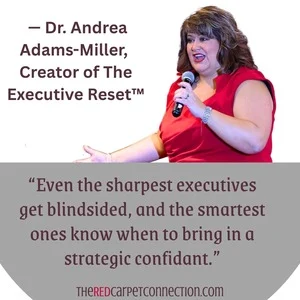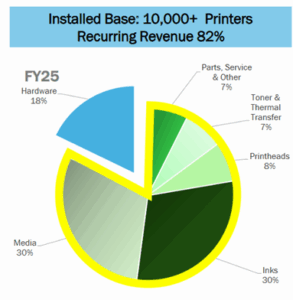Carrot LASIK & Eye Center has released a new comprehensive guide titled “What to Expect During Your LASIK Consult“, offering a detailed, step-by-step look at the patient journey during a LASIK evaluation. The new article is designed to inform individuals considering laser vision correction about what happens during a consultation, how candidacy is determined, and how Carrot LASIK & Eye Center ensures every patient receives a safe, personalized assessment. The release of this guide marks an important educational effort from the practice, aimed at helping potential LASIK candidates better understand the process before making a life-changing decision about their vision.
LASIK remains one of the most popular and effective forms of refractive surgery available today. Millions of people in the United States have undergone the procedure, which reshapes the cornea to correct nearsightedness, farsightedness, and astigmatism. However, not everyone is a suitable candidate, and a detailed consultation is critical to determining who can safely benefit from LASIK or another form of modern vision correction. The new guide from Carrot LASIK & Eye Center lays out exactly what patients can expect during this appointment, reducing uncertainty and ensuring transparency from the outset.
During a typical consultation, which lasts approximately 90 minutes to two hours, patients undergo a full series of diagnostic tests to evaluate eye health, vision stability, and overall medical suitability for the procedure. These include refraction to measure a patient’s current prescription, corneal topography to map the shape and curvature of the eye, pachymetry to measure corneal thickness, and a tear film analysis to assess dry eye risk. The consultation also includes dominant eye testing for patients considering monovision LASIK. Each of these steps is essential to ensure that LASIK can be performed safely and successfully.
A key part of the consultation involves a detailed review of the patient’s medical history, including any chronic health conditions such as diabetes or autoimmune disorders that could affect healing. Certain medications may also increase risks associated with surgery, and the refractive surgeons at Carrot LASIK & Eye Center take the time to evaluate each factor carefully. This thoroughness reflects the practice’s commitment to patient safety and long-term outcomes.
In addition to evaluating candidacy, the consultation provides time for an in-depth discussion about the LASIK procedure itself. Patients meet with their surgeon to go over the risks, benefits, and expected outcomes of the surgery, including what to anticipate during recovery. This conversation allows patients to ask questions and receive clear, direct answers, so they leave with full confidence in their next steps. Whether someone moves forward with LASIK or another vision correction procedure, the goal is to ensure every decision is backed by personalized medical insight.
One unique aspect of Carrot LASIK & Eye Center’s approach is its ability to offer alternative solutions when LASIK is not the best option. Patients who are not ideal LASIK candidates may be better suited for other procedures such as PRK, EVO ICL, or refractive lens exchange—each of which is available at the center. This broad range of services enables the team to recommend the most appropriate procedure based on the individual characteristics of a patient’s eyes and vision goals.
The guide also walks patients through the financial aspects of LASIK[MM1] , which can be a barrier for many people interested in the surgery. Cost and financing are discussed transparently during the consultation, with the practice offering flexible options through Alphaeon Credit and CareCredit. These financing tools make LASIK more accessible, helping patients move forward without having to delay vision correction due to affordability concerns. Carrot LASIK & Eye Center emphasizes that improving vision is not just a medical decision, but a lifestyle one—and it should be available to as many people as possible.
Preparation is also covered in the guide. Patients are advised to stop wearing contact lenses for several days before their visit, as contacts can temporarily alter the shape of the cornea and affect the accuracy of diagnostic tests. The article outlines what patients should bring with them—such as medical history information—and encourages them to prepare any questions they may have for their surgeon. This guidance helps patients arrive informed and ready to make the most of their time with the care team.
The importance of accurate, reliable information has never been greater, especially when it comes to elective medical procedures like LASIK. Carrot LASIK & Eye Center understands that patients are doing their homework before they commit, and this guide is a direct response to the kinds of questions that commonly arise during those early stages of research. According to the article, a typical consultation not only helps determine whether a patient is a candidate, but also educates them about the anatomy of the human eye, the nature of refractive errors, and how laser eye surgery can reduce or eliminate the need for corrective lenses.
The new guide is now available on the Carrot LASIK & Eye Center website and is expected to serve as a helpful resource for anyone considering LASIK in Mesa or the Phoenix area or looking for a vision correction provider with a strong reputation for transparency and results.













